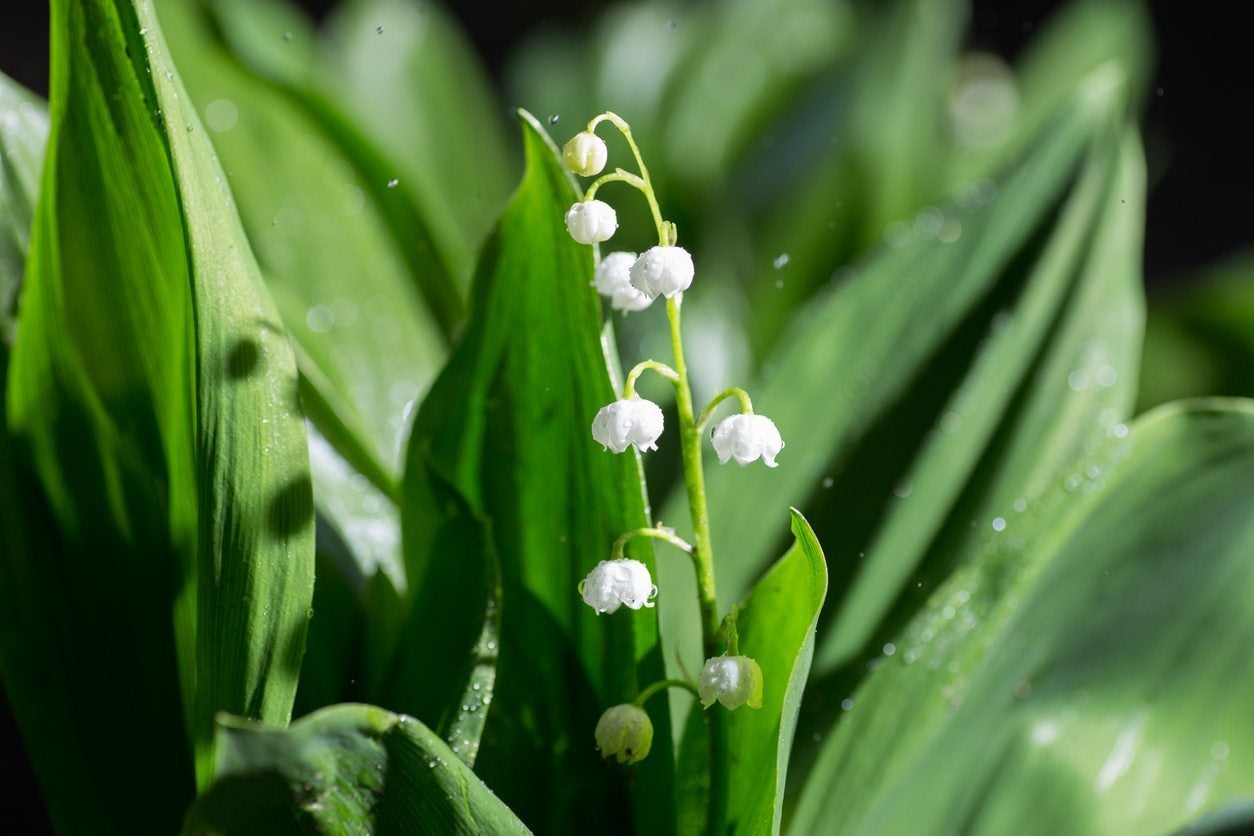Treating Diseased Lily Of The Valley Plants – Symptoms Of Lily Of The Valley Disease


There are some plants that almost break your heart to see sick. Lily of the valley is one of those plants. Loved by so many, lily of the valley is one that’s worth trying to save, when you can. Read on to learn how to treat sick lily of the valley, as well as ways to keep your plants healthier.
Lily of the Valley Disease Problems
In many parts of the world, spring just isn’t spring without the delicate and fragrant notes of the ancient lily of the valley. These hardy plants can be used as small spotlights or huge mass plantings in your landscape; either will be completely show-stopping. That’s why it’s all the more upsetting when lily of the valley falls ill. Fortunately, there are very few diseases of lily of the valley that are of note, so you’ll know what to do if your plants do become suddenly ill if you read on.
How to Treat Sick Lily of the Valley Plants
Diseased lily of the valley plants are often succumbing to fungal pathogens that have been encouraged by growing conditions that may have been getting steadily worse for years. Since these plants are so tough, they don’t always show signs of sickness until you have a big problem. The best things you can do for your lily of the valley planting are to ensure that you’re thinning your plants every year and that the site where they’re planted drains well. These two little things will help discourage lily of the valley disease issues like those that follow: Leaf spots. Leaf spots can form when lily of the valley foliage is watered using a sprinkler or water stands on the leaves long enough to encourage fungal spore development. Spots are usually small, and water soaked, eventually spreading outward or developing spores in the centers. Pluck any infected foliage and treat with a fungicide to stop leaf spots in their tracks. Make sure you start watering from beneath to discourage future leaf spot disease. Rust. Like leaf spot, rust is often no big deal if caught early. Rust fungus will appear as yellow patches on the top side of the leaf, with corresponding orange-brown spores on the underside. Wet or humid conditions also encourage rust, so promote air flow when you apply a fungicide, or you’ll risk the rust returning. Fungal rot. Both crown rot and stem rot end up causing the collapse of lily of the valley plants. Stem rot will cause leaves to develop yellow or gray specks that later expand into brown sunken spots. From there, the fungus spreads to the crown and destroys it. In crown rot, the fungal pathogen starts at the crown, causing leaves to emerge discolored and the entire plant to collapse in a few days. Both are practically incurable. You’re best to dig out infected plants and toss them to protect any plants that are still unaffected. Southern blight. Southern blight can be devastating to growers of a variety of crops, since Sclerotium rolfsii isn’t very picky about its victims. If you see tan or yellow ball-like structures on the base of your lily of the valley and the plants are wilting or dying, remove them right away, as well as the soil around the plant, and sterilize your tools thoroughly with bleach. You may be able to protect uninfected plants with a protectant fungicide.
Sign up for the Gardening Know How newsletter today and receive a free copy of our e-book "How to Grow Delicious Tomatoes".

Kristi Waterworth was a regular contributor to Gardening Know How for many years, answering countless queries on plant pests and diseases.